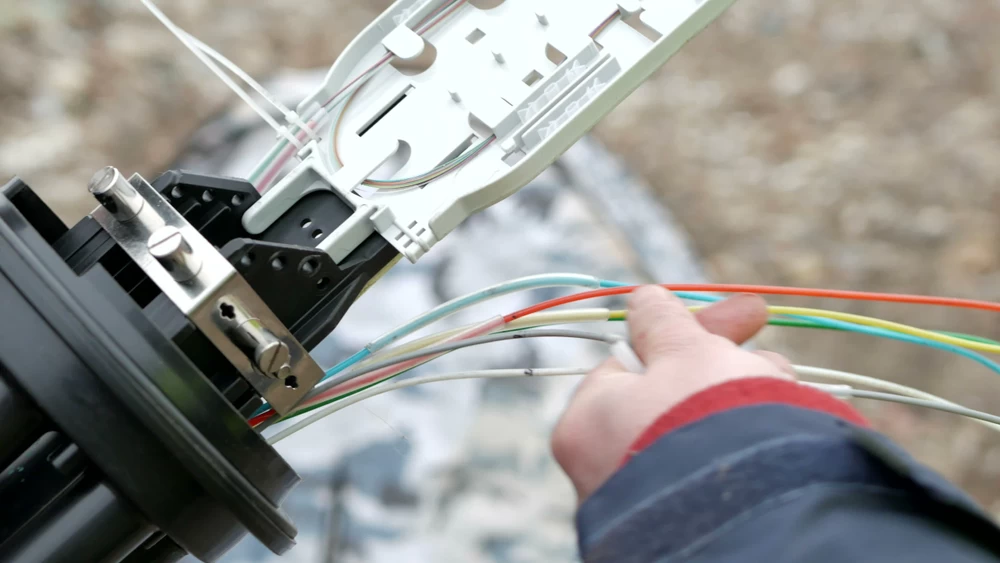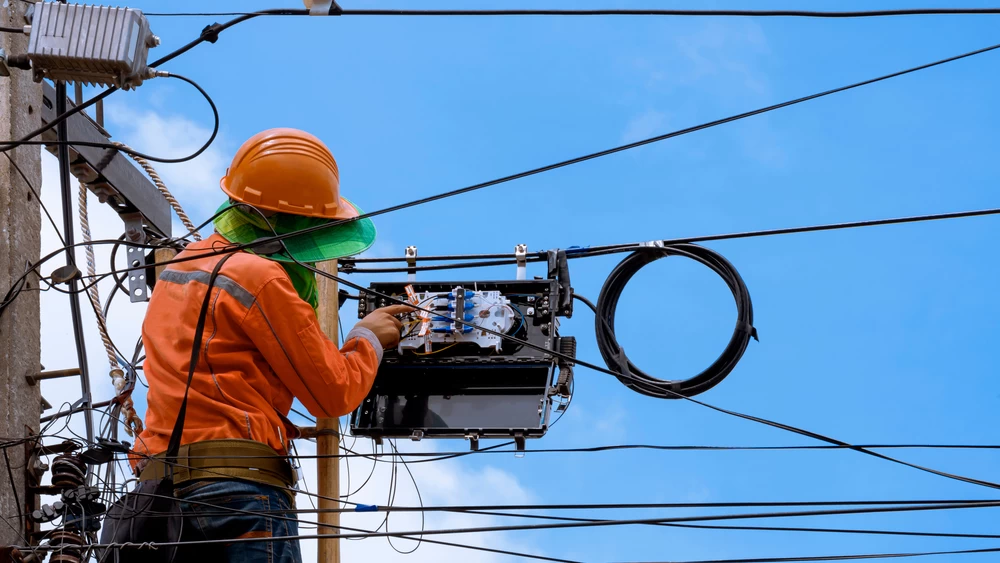
Need Reliable Communications Solutions?
We install expert cabling to keep your business connected and secure.
Schedule Your Consultation
In today’s world, strong communication networks are essential. Our expert cable installation services ensure your business stays connected without interruptions.

It’s frustrating when outdated systems slow you down. We provide seamless solutions so you can focus on what matters—growing your business.

Staying connected should be simple and stress-free. Our reliable cabling services give your business the foundation it needs to thrive.
Keeping businesses, governments, and entire industries connected takes more than just wires—it takes precision and trust. We understand that every cable is part of something bigger. Whether you’re upgrading infrastructure or maintaining a network, delays and sloppy work aren’t an option. That’s why we’re here: to ease the pressure, handle the details, and make sure your systems stay running without a hitch.
At A+ Cable Runners, we don’t just run cables—we deliver solutions. With years of experience supporting top IT providers, government agencies, and enterprise networks, we’ve earned our name for doing things right. From complex fiber builds to detailed cabling, our team is trained, focused, and relentless about quality. No shortcuts. No loose ends. Just work that performs—every time.

Start by booking a consultation with our team. We’ll assess your communication and cabling needs, whether you’re upgrading an existing system or starting from scratch, to ensure you get the best solution for your business or government project.
Our experts design a tailored plan based on your specific requirements. From structured cabling to fiber optics, we create a strategy that guarantees optimal performance, reliability, and security for your infrastructure.

A+ Cable Runners Inc. is the leading installer of structured cabling. Our cabling installers and contractors provide viable cabling solutions & business phone system installations & maintenance to residents and business owners of Tampa Bay and the surrounding areas. Contact us today to see how we can help.